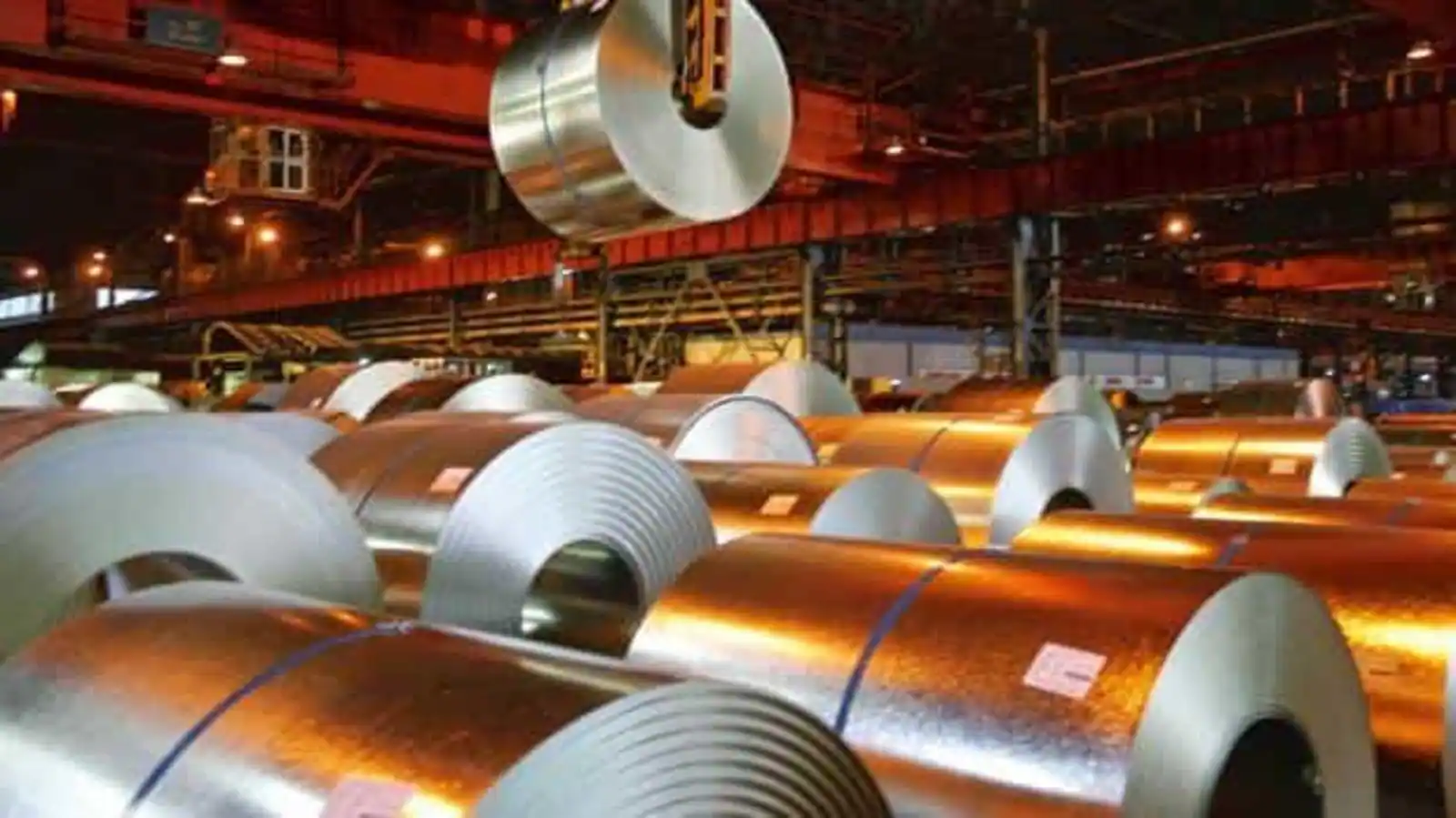India–US Trade Tensions Rise Over Steel and Auto Tariffs NMDC Limited reports a 38% drop in Q4 FY24 consolidated net profit RINL to Raise $23 Million Through Land Sales Amid Crisis

Steel, a globally used material, holds significant importance in key sectors including construction, infrastructure, automobiles, engineering, and defence. It serves as a crucial component for India's economy, contributing 2% to its GDP in FY 21-22. India stands as the second-largest producer of crude steel worldwide, producing 125.32 million tonnes (MT) of crude steel and 121.29 MT of finished steel in FY23.
According to the predictions of the World Steel Association, the demand will see a surge of 1.9% to 1,849.1 MT in 2024. The international organisation mentioned that India, following a 9.3% growth in 2022, is estimated to experience robust increases in steel demand, with an anticipated 7.7% growth in 2024. Despite a challenging high-interest-rate environment, the Indian economy remains resilient, and the upward trajectory of steel demand is anticipated to persist.
Steel industry before COVID-19
The steel industry was greatly impacted by the COVID-19 pandemic, which had an effect on every stage of the supply chain, from the manufacture of raw materials to the final product globally. The decline in domestic steel demand caused by the COVID-19 outbreak prompted crucial steel manufacturers to explore international markets for product sales due to sluggish domestic demand.
Despite a one-year impact from decreased construction activities amid the pandemic, the steel industry has performed admirably. With a contribution of approximately 1.5% to India's GDP, as the steel sector stands as a vital core industry that forms the backbone of the economy.
Post pandemic stage
Due to pandemic-related lockdowns, industrial and construction activities stalled, resulting in decreased steel demand and an excess supply, subsequently driving prices down. However, the market is now recovering as steel demand gradually resumes with the easing of restrictions.
According to Tata Steel CEO and MD T V Narendran, the country's steel sector is still recovering from the impact of the Covid pandemic. He estimates ongoing growth in steel demand, driven by the government's focus on infrastructure development. Narendran expressed concerns about increasing steel imports from China despite a 10-12% growth in steel demand in 2023. In August 2023, he revealed plans to enhance the company's annual installed steel-making capacity in India from 22 MTPA to 40 MTPA by 2030.
Impact of CBAM
The European Union (EU) has declared the Carbon Border Adjustment Mechanism (CBAM) to fairly price emissions during the production of carbon-intensive goods such as steel, cement, and fertilisers entering their territory.
Beginning January 1, 2026, the EU will impose a Carbon Tax on shipments of steel, aluminium, cement, fertiliser, hydrogen, and electricity, impacting India's metal exports. Iron, steel, and aluminium products from India will face huge scrutiny, potentially affecting their competitiveness in the EU market under this mechanism.
The Indian steel industry had to find new ways to cope up with the changes and work, and despite the slowing demand, steel companies were raising prices to bridge the gap with the high global selling price. The steel sector in the country is still in recovery mode after the Covid pandemic.
Also Read : IITs' breakthrough in iron ore mining sustainability: Transforming waste to wealth Revolutionising Steel : Imperial and Tata's Green collaboration